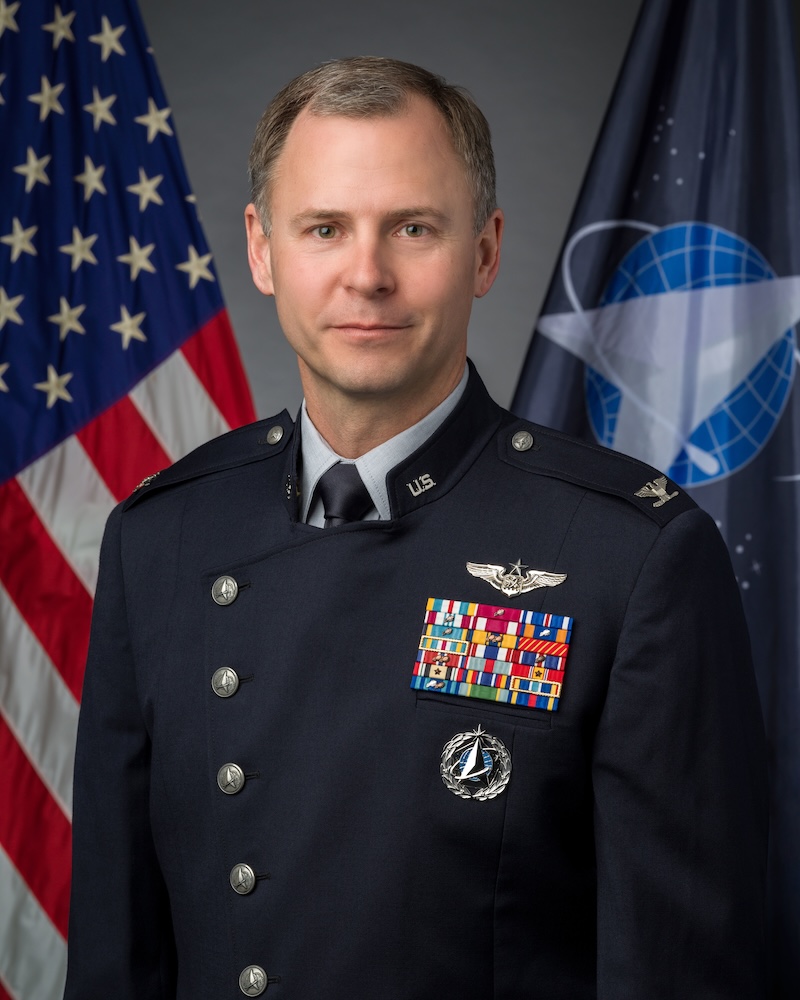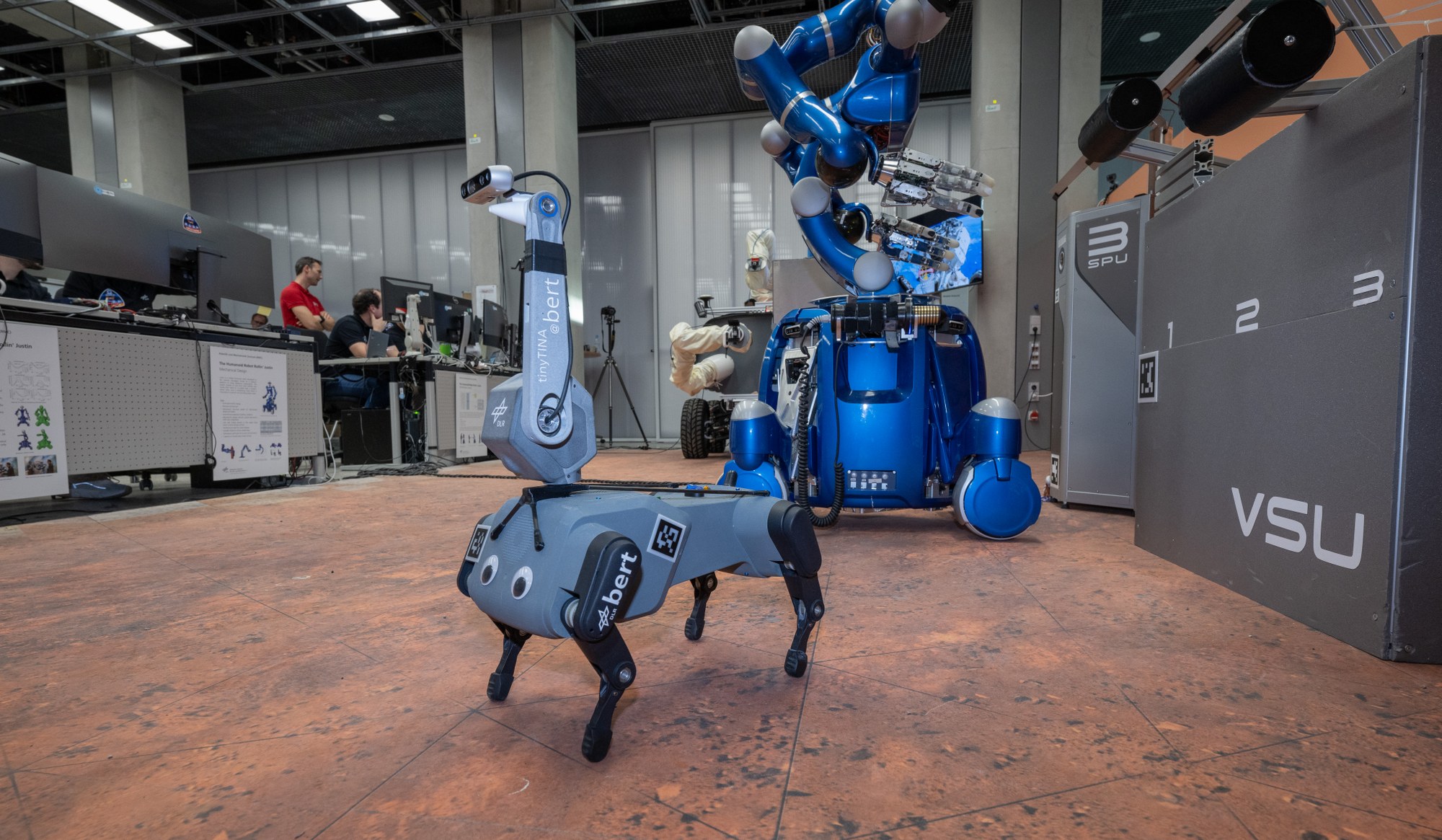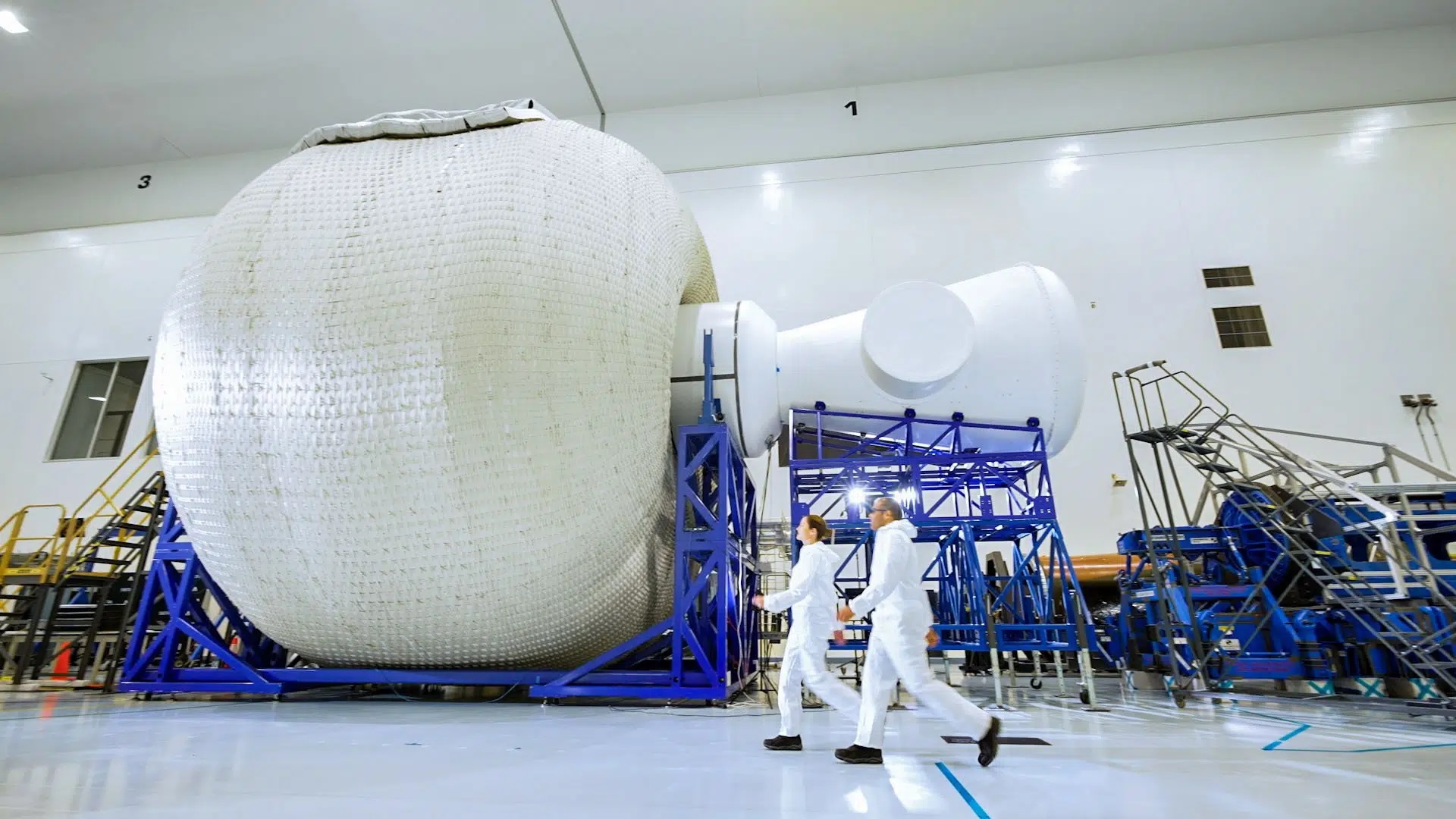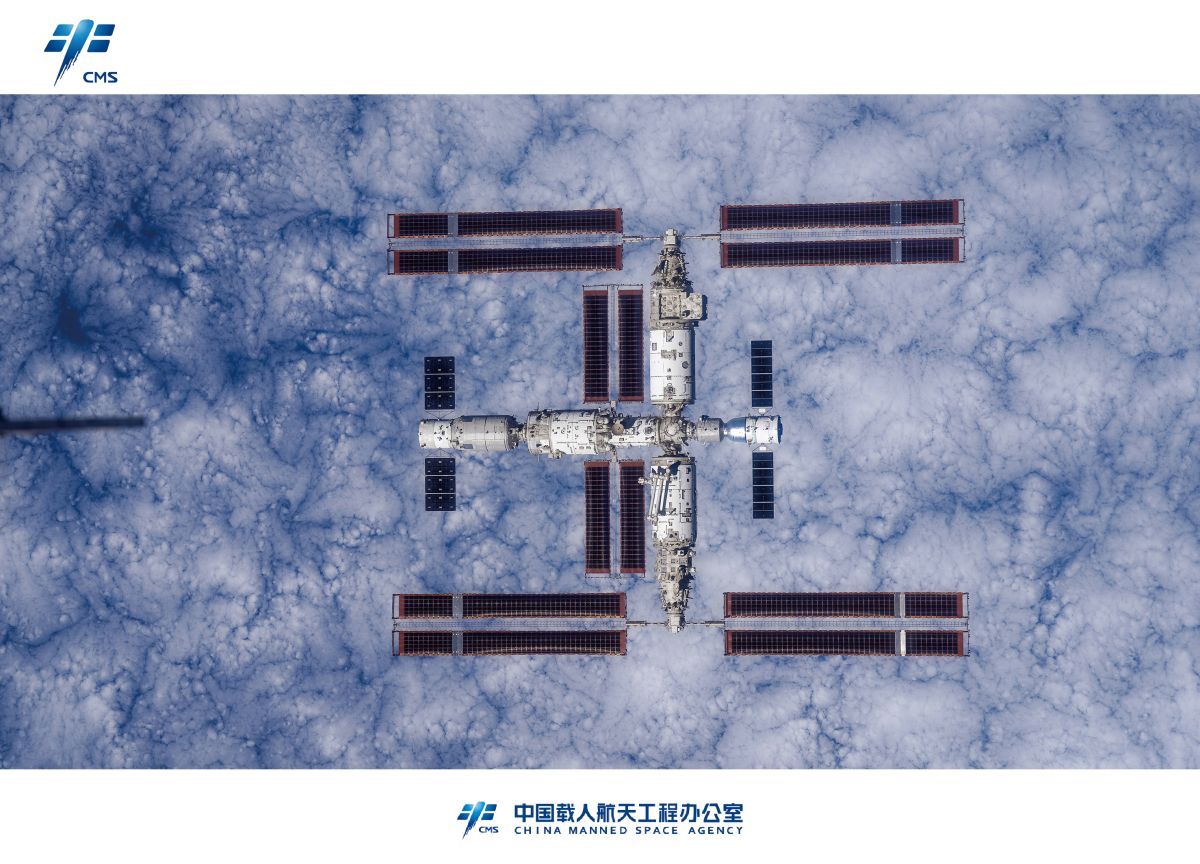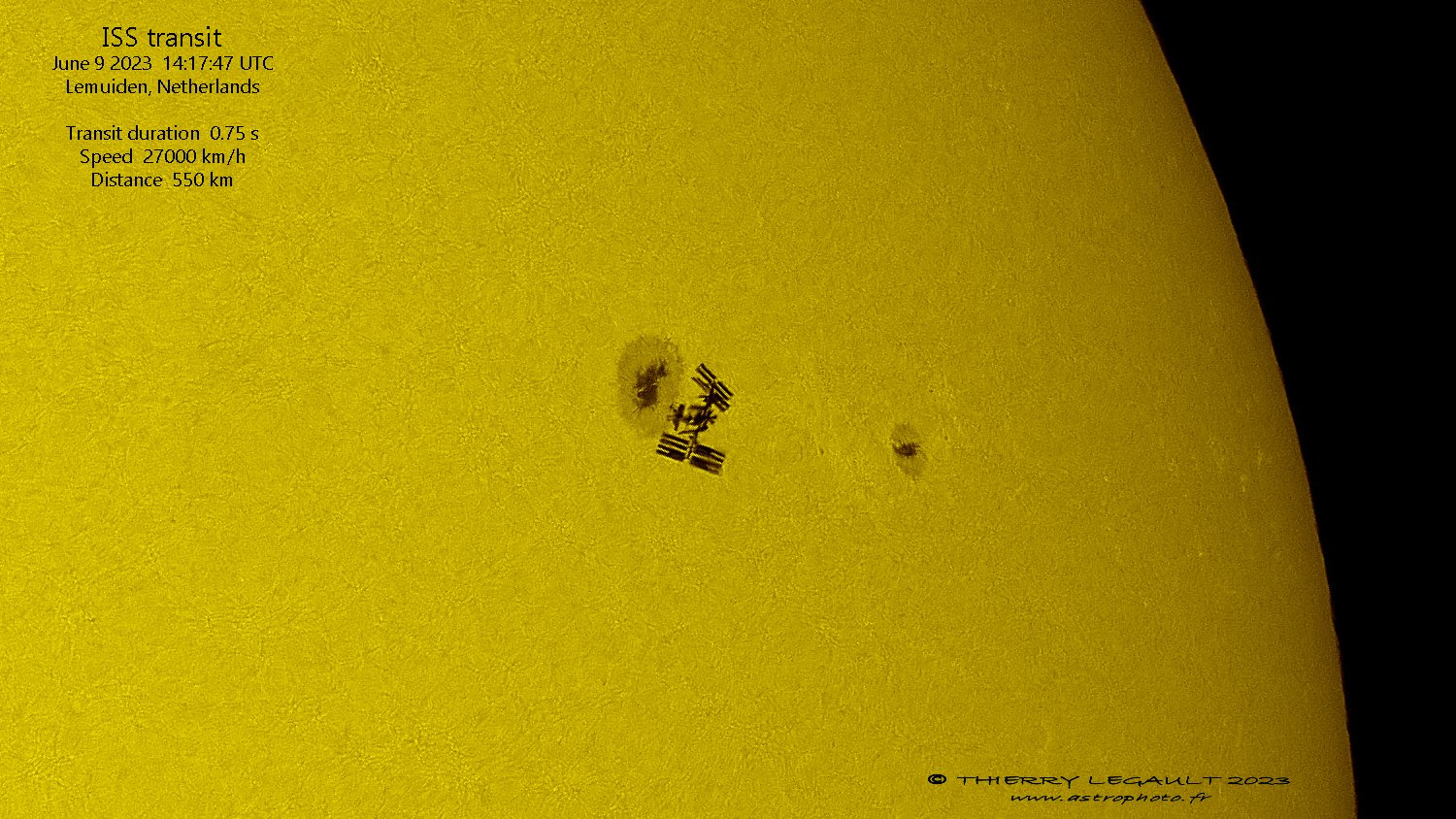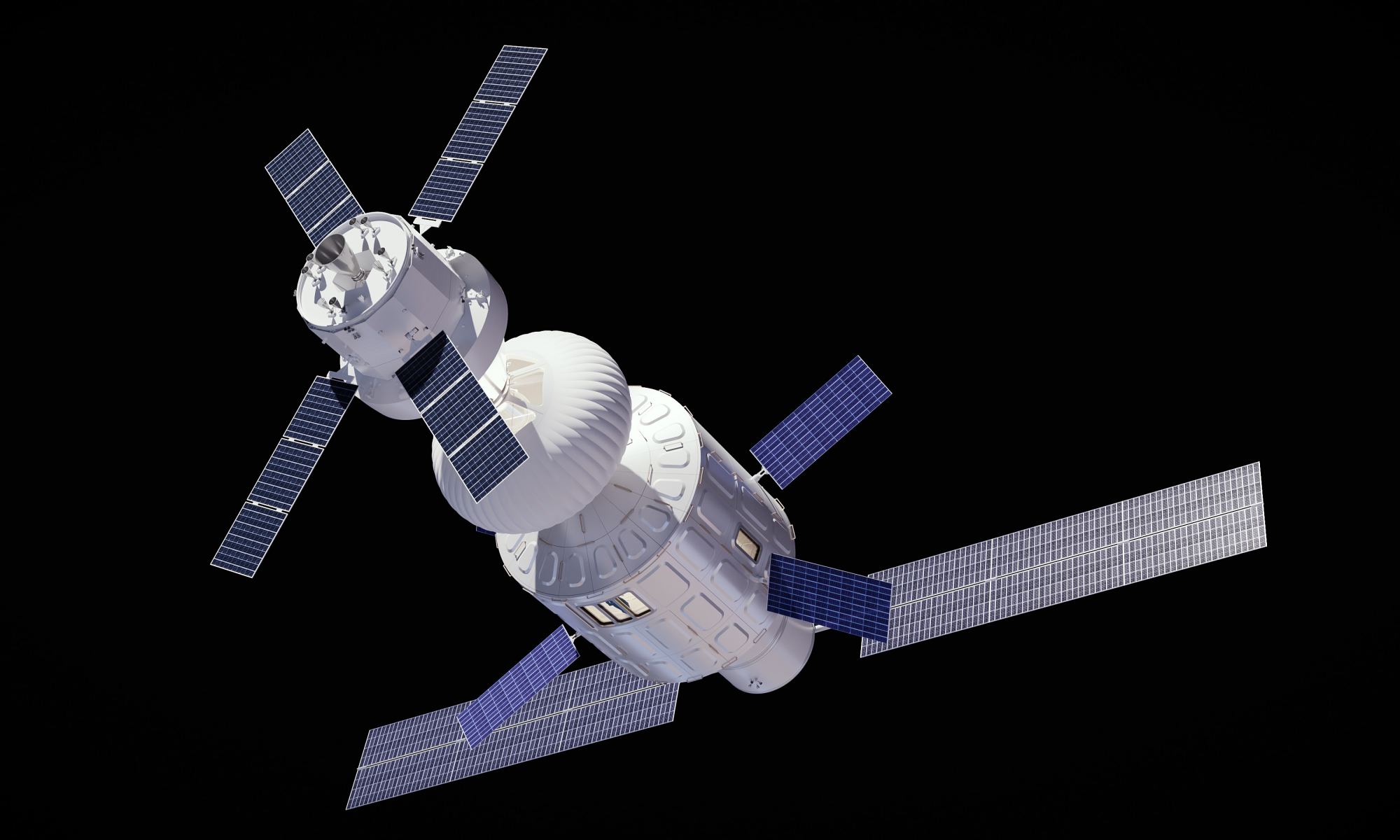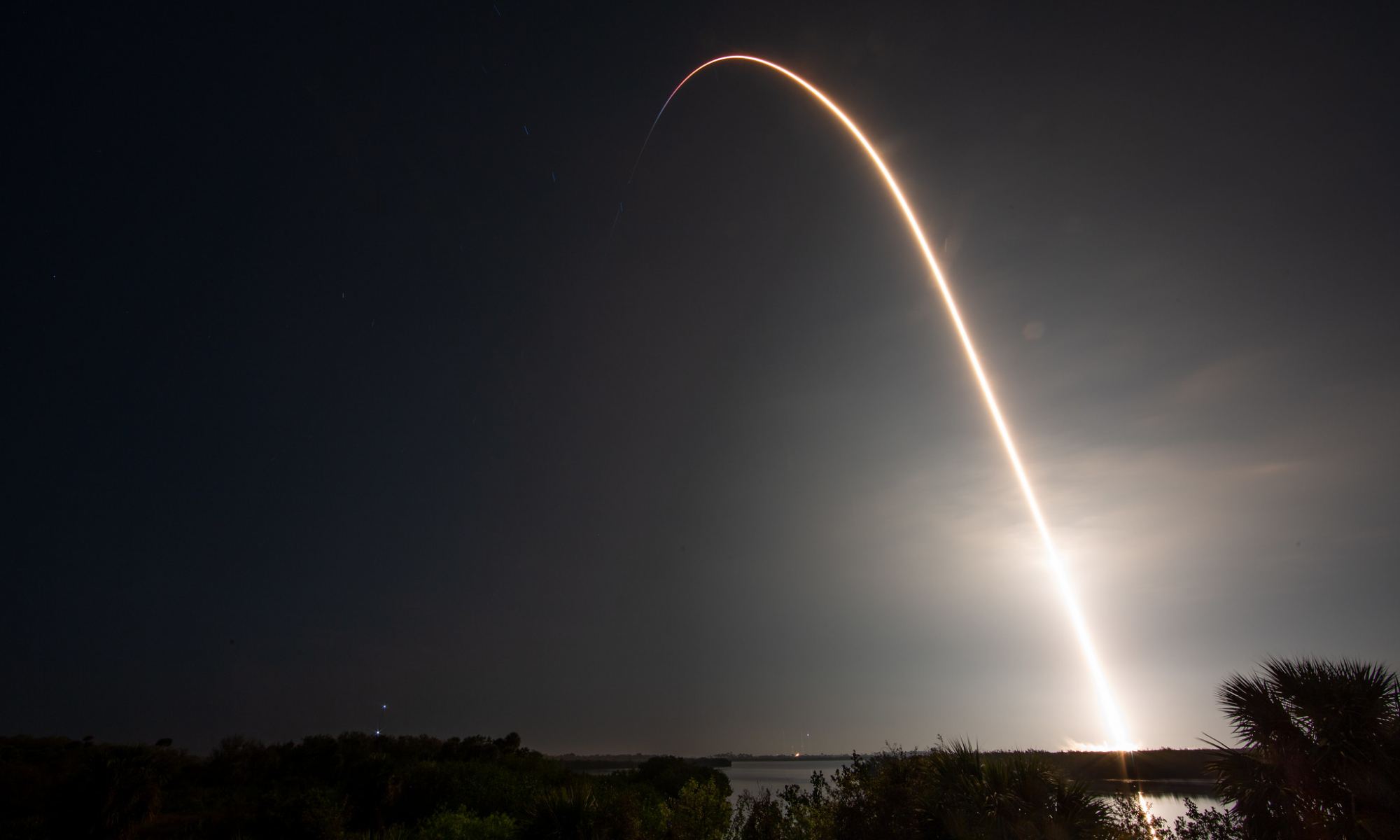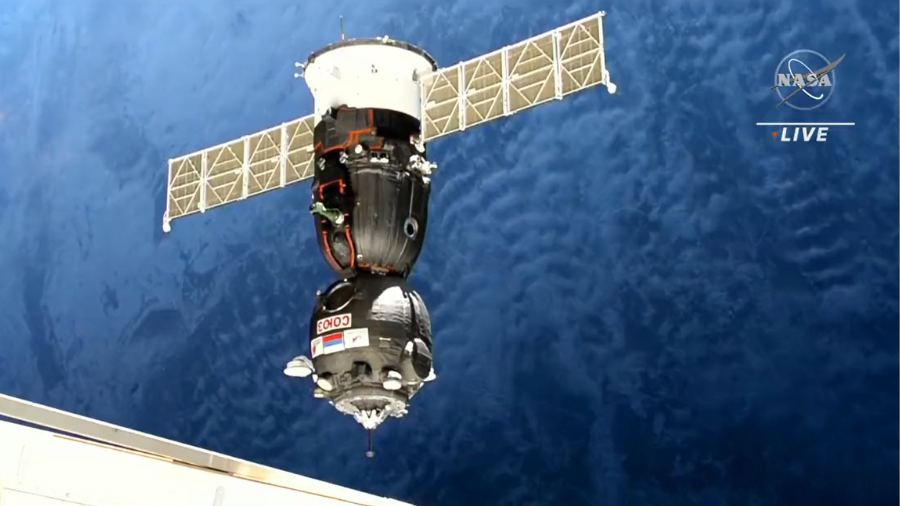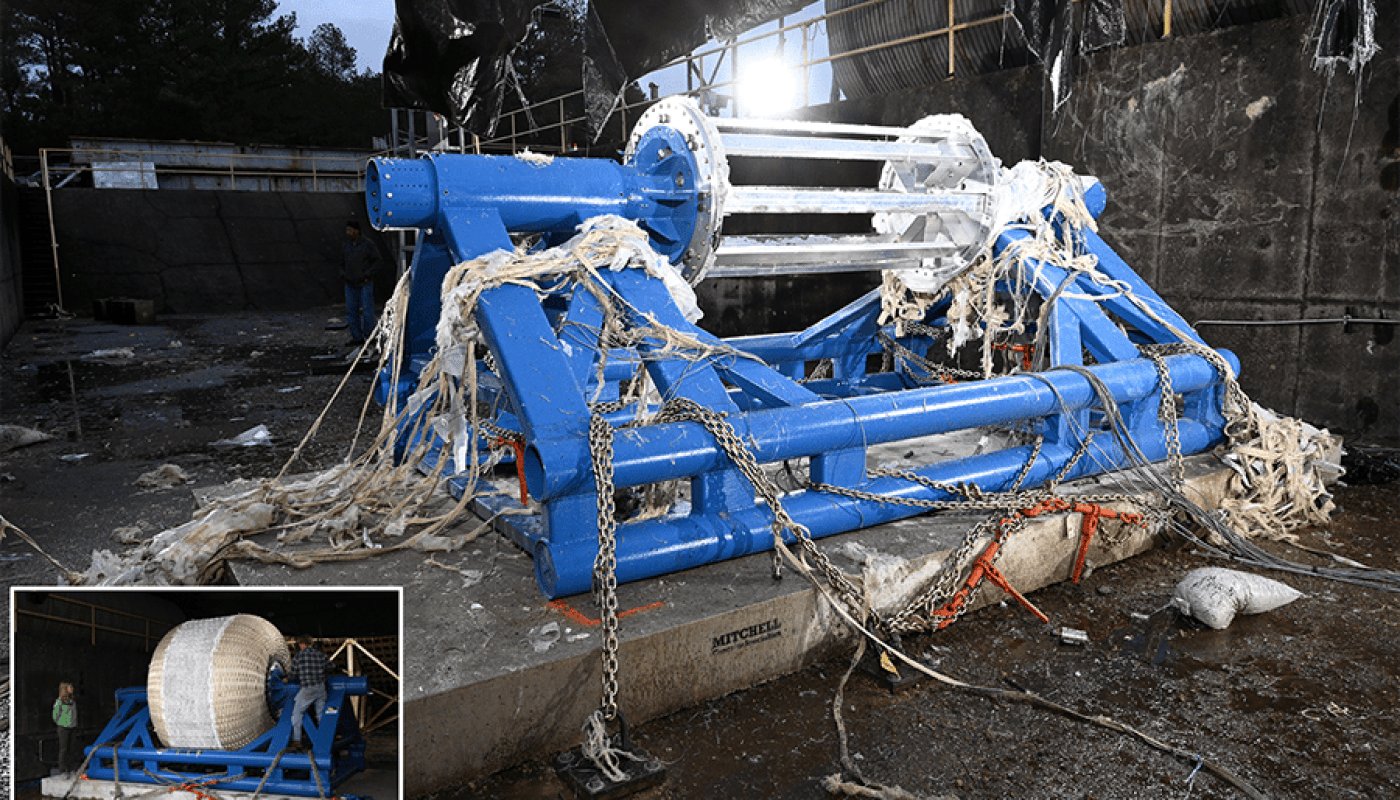Although the U.S. Space Force is tasked with military operations in regards to space, they’ve never actually sent one of their own into orbit. This week, the agency announced that Col. Nick Hague will launch to the International Space Station in August 2024 to pilot the Crew-9 mission, as part of SpaceX’s ninth crew rotation to the ISS for NASA. He’ll join two NASA astronauts and a cosmonaut on the trip to space and then work as a flight engineer, spending six months on the station doing research and operations activities.
Continue reading “Space Force Chooses its First “Guardian” to go to Space”Space Force Chooses its First “Guardian” to go to Space
